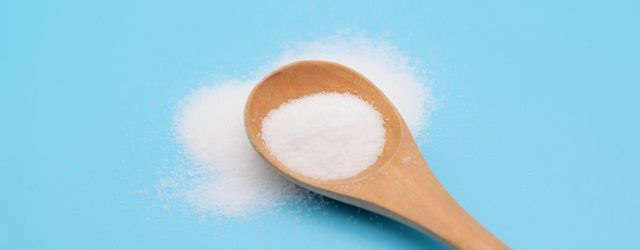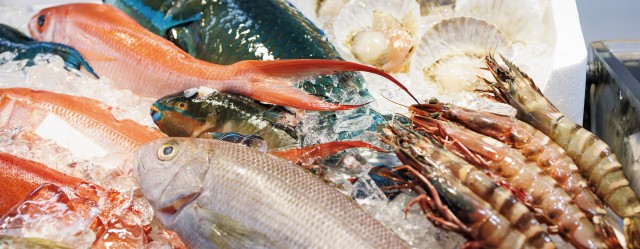
“The guideline of additive labeling for use of ‘non-use'” was released by the Consumer Affairs Agency (CAA) on March 30, 2022. The main changes from the content of “[Material 2] Revised and reflected version of the guideline” (revised draft after inviting opinions) used at “The 8th discussion about the guideline of additive labeling for use of ‘non-use’ ” (March 1, 2022)” are shown here (underlined in red).
(5) This guideline is a summary of specific items concerning non-use labeling of food additives that should be taken into consideration so as not to mislead consumers. They do not uniformly prohibit non-use labeling of food additives. This guideline can be used by food-related business operators, etc. to conduct self-inspection to determine whether or not any of their labels correspond to prohibited labeling items stipulated in Article 9 of Food Labeling Standards.
The rest is the same as the revised draft after inviting opinions, but I would like to summarize the outline of the guideline this time again.
Type items of labeling for non-use additives
Types 1 to 10 of non-use labeling are as follows. (Excerpt from the explanation and examples of the guideline.)
| Type 1 | Mere “not added” labeling e.g. Out of mere “Not added” labels”, what is not added is not clear to consumers |
|---|---|
| Type 2 | Labeling terms not stipulated in Food Labeling Standards e.g. Terms such as “artificial”, “synthetic”, “chemical”, “natural”, etc. are used along with “not added” or “non-use” such as “No artificial sweeteners”, etc. |
| Type 3 | Labeling on foods with use of additives not permitted by the regulation |
| Type 4 | Labeling on foods with food additives having same function / similar function (Claims must not be used if an additive has been replaced by another one that gives the food an equivalent characteristic except that this fact is conspicuously stated to the same degree in the claim). |
| Type 5 | Labeling on foods with ingredients having same function / similar function |
| Type 6 | Labeling associating with health and safety |
| Type 7 | Labeling associating with something other than health and safety |
| Type 8 | Labeling on foods with use of additives not expected -use of preservatives in mineral water -use of colouring in mineral water ,etc. |
| Type 9 | Labeling on food with a processing aid or carry-over (or cannot be confirmed not to be used) |
| Type 10 | Excessive claims |
At the same time, Food Labeling Standard Q & A (Revision of Process-90 and Deletion of Process- 232) related to the non-use labeling of additives has also been revised.
[Revision] Is it allowed to indicate that food additives are not used, such as “additives are not used at all” or “XX not added” on labeling?
(Answer)
We believe that it is necessary to give careful attention to labeling so as not to mislead consumers.
For example, (omitted)
Points to note in order not to mislead consumers are summarized in the attached “the guideline of additive labeling for use of ‘non-use'”.
[Deleted] (Process -232) Is it allowed to indicate that food additives are not used for a substance other than sugars or salt (sodium) if it is true?
Upcoming schedules
As a review of the labeling, a transitional period of approximately two years (until the end of March 2024) is indicated. In addition, by the application of the Act against Unjustifiable Premiums and Misleading Representations, etc. based on the guidelines, a reduction in non-use labeling is also expected for non-use labeling on websites, advertisements, and other items other than containers and packaging. (Fair Competition Code is also expected to be reviewed.)
As stated in the opinions received on the public comments, “it is difficult to list every example” and “judged as a whole on a case-by-case basis”, the guideline is not intended to provide specific examples, but is positioned as an interpretation of the prohibition on labeling. In many cases, it may be difficult to make a judgment when reviewing labeling, but in such cases, we believe it is important to confirm the issues and solutions of non-use labeling by reading the materials by the discussion of the guideline.
References

Label bank Co., Ltd. CEO (Founder)
Born in Japan. Working on solving various issues related to food labeling operations. Also regularly gives lectures for various organizations in Japan.
Co-author of ‘Latest edition: Guide book Food Labeling Law and related business practical points – from scratch (Japanese version only)’ (DAI-ICHI HOKI CO., LTD/2019).


